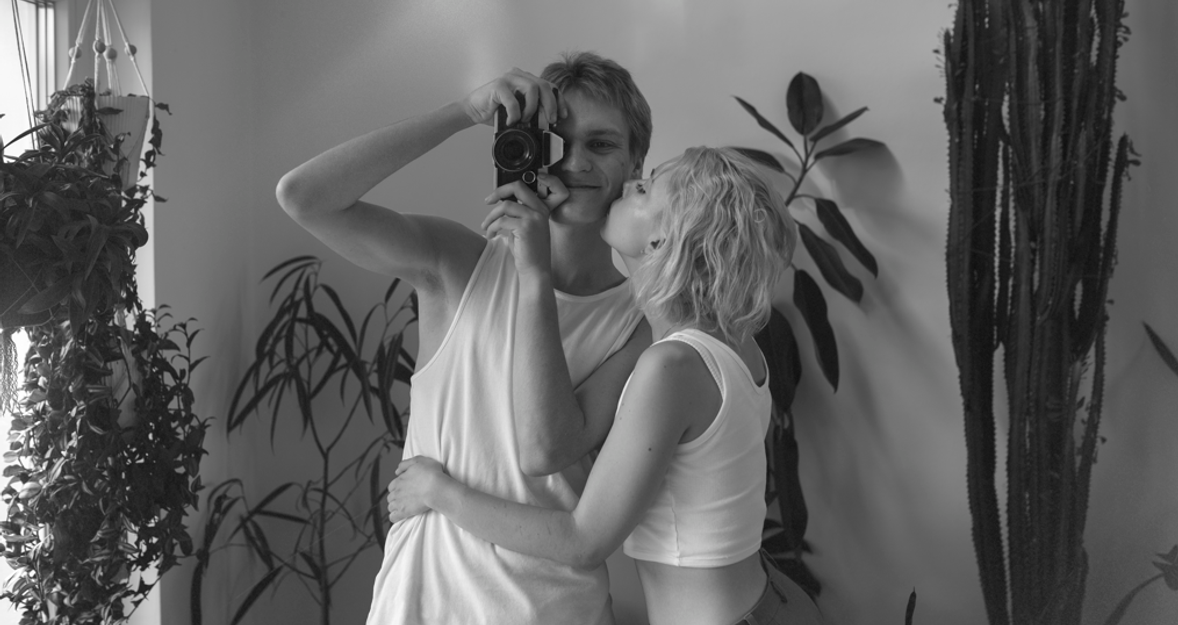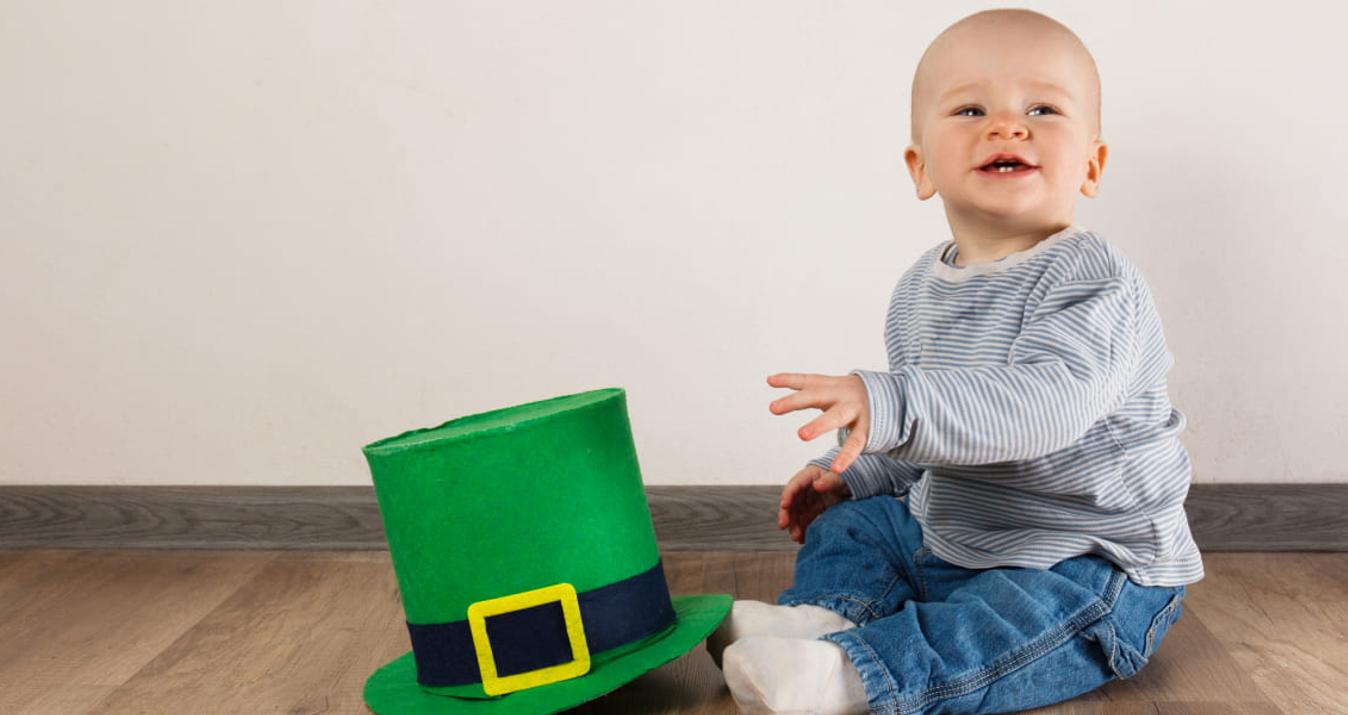Film Portrait Photography: Exploring Subtle Nuances
March 27, 2025

Discover the charm of film portrait photography. Learn how to capture emotion, texture, and timeless beauty through subtle tones and analog techniques.
As we age, we increasingly want to preserve certain moments: marriage, parties with friends, landscapes, and sunrises. The film camera has always attracted attention as a nostalgic object characterized by the quality of the photos and the device. However, beginners are sometimes discouraged by its complexity.
To help ensure that your first film photography portraits are exactly as you want them to be, we have developed a step-by-step guide exclusively for you.
Portraits on Film vs Digital Camera: The Fundamental Differences
 You probably have 35mm film portraits in your or your parents' photo album. They always recall the warmth, comfort, and atmosphere of the filmed event. What is the divergence between film and digital? Let's explore:
You probably have 35mm film portraits in your or your parents' photo album. They always recall the warmth, comfort, and atmosphere of the filmed event. What is the divergence between film and digital? Let's explore:
Background Volumetrics. Digital technology makes realistic reproduction of color and volume in static images impossible. Therefore, the film is the benchmark for “capturing the moment.”
Good photo percentage. On average, the percentage of good photos in a portrait photography film shoot is about 70 – 80%, while the allowance of good photos in a digital shoot is less than 30%.
Magic of photography. Digital cameras may be able to take pictures instantly, but they cannot create instant magic. Film photography portraits provide that mysterious, mystical feeling by choosing the frame carefully.
Each portrait is created by a fleeting moment in which time stands still, and the subject is caught forever with all of his or her emotions, desires, and surroundings.
Read also: 10 Best Female Poses That Guarantee Amazing Portraits
Your First Portraits on Film: Let's Take a Closer Look
 When you start a new endeavor, you are always wondering how to get it done and how to do it right. Don't fret. We're going to give you a couple of film portrait photography tips.
When you start a new endeavor, you are always wondering how to get it done and how to do it right. Don't fret. We're going to give you a couple of film portrait photography tips.
Choosing a Camera
If your parents or friends give you a movie camera, you catch a coin. Don't you dare worry if you don't have one. Here are some excellent choices with the best film for portraits:
Canon AE-1;
Pentax K1000;
Nikon FM2.
They are simple and dependable. If you are worried that the resulting photos will look “out of date,” consider the Mamiya 645, which has more extensive portrait capabilities.
Mastering the Basics: Camera Settings
 The presentations of 35mm film portraits may be compared to a card house, with every piece demanding a distinctive technique. In this case, the components would be as follows:
The presentations of 35mm film portraits may be compared to a card house, with every piece demanding a distinctive technique. In this case, the components would be as follows:
Aperture controls. A wider aperture (lower f-stop) admits more light and blurs the background; a narrower aperture (higher f-stop) allows less light, increasing the depth of field.
Shutter speed. This determines how long the sensor of the camera will be illuminated. Faster shutter speeds will freeze motion, while slower shutter speeds can cause motion blur.
ISO measures. Higher ISO values will make images brighter but may introduce noise, while lower values will maintain image quality but will take more light.
Before you choose a device, look at its specs and reviews, and consider what kind of images you would like to capture. Practice at the park, your house, and your backyard to acquire a sense for the setting and which stance is most comfortable to take pictures: standing, semi-sitting (standing on one knee), or lying down.
Choosing the Right Film
 When choosing a frame for portrait photography, think about what you want to achieve. Some backdrops are designed to emphasize the subject, while others offer perspective to the image or shadow play. So, choosing the best film for portraits is essential. Take a closer look at the following features if you are learning about them for the first time:
When choosing a frame for portrait photography, think about what you want to achieve. Some backdrops are designed to emphasize the subject, while others offer perspective to the image or shadow play. So, choosing the best film for portraits is essential. Take a closer look at the following features if you are learning about them for the first time:
finer grain films offer smoother pictures, which is particularly useful for portraiture;
choose from black and white and color shots to find which brand you enjoy;
several films represent shades better than others as well, so play with a variety of tastes till you discover what you admire.
Read also: 50mm vs 85mm: Which one to choose for portrait photography?
Timing and Location: Finding the Perfect Light
 It appears that once you've decided on the film and equipment, you may go ahead and snap photos against the backdrop of a night metropolis, evening tea party, noon ocean, or morning coffee. But that is not what's happening. Certain particular settings for the evening and nighttime picture sessions since the light intensity is considerably lower than during the day. The best films for portraits for those activities are:
It appears that once you've decided on the film and equipment, you may go ahead and snap photos against the backdrop of a night metropolis, evening tea party, noon ocean, or morning coffee. But that is not what's happening. Certain particular settings for the evening and nighttime picture sessions since the light intensity is considerably lower than during the day. The best films for portraits for those activities are:
Kodak Portra 400;
Fujifilm Pro 400H;
Ilford Delta 3200;
Cinestill 800T.
We recommend using a special filter for pictures that adds volume and clarity for enhanced viewing.
Directing and Posing the Model
 Influencers were first drawn to Instagram and Pinterest based on how people posed in photographs. Nowadays, most portrait shots on film follow trends, and each unique snapshot is seen in two ways. So, take shots the way you want to be captured, and keep that smile.
Influencers were first drawn to Instagram and Pinterest based on how people posed in photographs. Nowadays, most portrait shots on film follow trends, and each unique snapshot is seen in two ways. So, take shots the way you want to be captured, and keep that smile.
In 80% of the tries, it happens that a slight blurring of the image or a beveling of the frame is noticeable in perfect photos. If this happens, you do not need to rush to throw away the portrait photography film, it is a piece of cake to use a photo editor portrait.
Exclusive Tools of Endless Possibilities in One AI Editor
Explore Now!Creative Tips to Try and Implement
It is a tough nut to crack for beginners to show personality. Almost everyone forgets about the simple things that can change and beautify film photography portraits after they have become familiar with exposure and perspective. Wondering what they are? Let's tell you now:
Add an object to the shot. You can bring depth to your shot by using a stick, clothing, or everyday objects. Transparent cubes and spheres are especially favorite for use with water and sunsets.
Homemade backgrounds. A great way for beginners to tell a story about their surroundings: a backyard, a garden, a flower bed, or a bathtub—anything can be used to create a unique shot.
Magic in the frame. The ears of an elf or any other fantasy paraphernalia can be bought in any store. Then, you need to find a field, a forest, or any other location that you like the best. All that's left is to choose the right angle and get the proper light. That's all it takes to create a magical shot.
Handy equipment like as soap bubbles, blankets, pillows, soft toys, and culinary utensils are constantly useful for capturing unique images. Each fresh photo is only restricted by the environment and your creativity, which, as we all know, has no boundaries.
Final Thoughts
What lies beneath the film photography portraits? First and foremost is the plot. Each story is deserving of an independent book or movie. Twenty years ago, it was traditional to convene as a family once a week to go at the album's images. Usually, there are several images, but there is always one: the first one is shot with a film camera.
Expect things to go as planned. Practice is constantly rewarded with memorable experiences and expressions of gratitude. 
FAQ
What should I consider before starting with film portrait photography?
Begin simply by learning about the film and the gadget itself. Then consider what you want to portray, which portrait you want to capture first, and assuming you truly want to accomplish it. If the answer to all the questions is indeed, get a camera and grin while taking photographs.
Which cameras are best for beginners shooting film portraits?
The first device remains the most thrilling, thus the case's quality and longevity belong first, before any other features. As therefore, the Canon AE-1 and Nikon FM2 are the most popular options among novices.
Which film stock is best for beginner portrait photographers?
For inexperienced portrait shooters, a 35mm lens is frequently recommended. It offers a natural viewpoint that flatters subjects and is adaptable to a variety of images. If you wish to concentrate on close-ups, a 50mm or 80mm lens also should be the best film for portraits.
What can I do if my film portraits don’t turn out as expected?
First and foremost, recognize that faceting is required in all forms of art; there is no such thing as a faultless painting from the first stroke. Second, employ image editors. As a final option, apply a photo restauration. This method is often used, particularly when restoring damaged images of parents and grandparents. Keep in mind that there is always a way out of any scenario, and be sure to have fun before, during, and after the shooting process.





